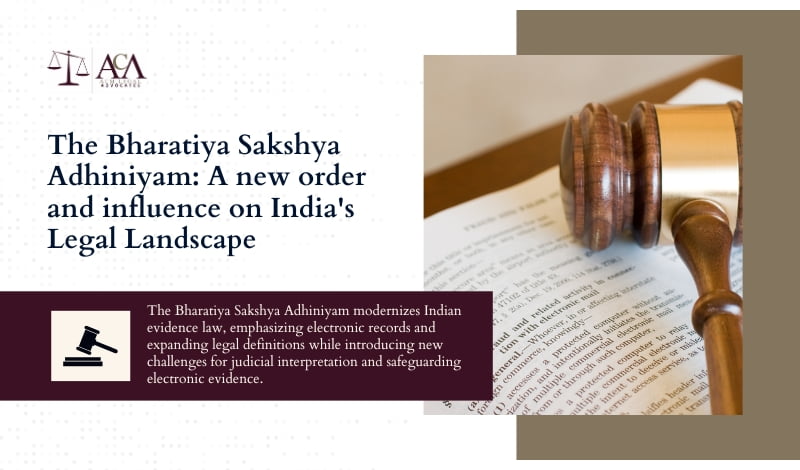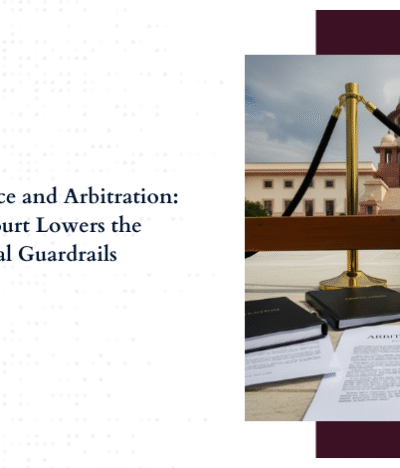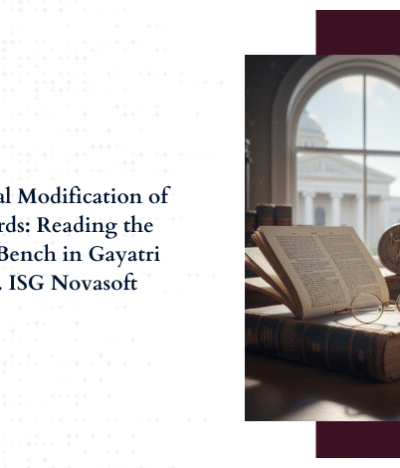With the passage of time and under a new government regime, the legal sphere underwent many changes from removing the special status of J&K under Article 370 to abolition of triple talaq. During all this time, the core idea of the government is to put an end to the colonial rules and Act and implement our very own legislation for the governance of various aspects of its citizens. Therefore, in a bid to this, we saw the introduction of the 3 new criminals bill with an attempt to repeal the colonial period laws with certain major changes in the legal regime. One of the three such Acts is the Bharatiya Sakshya Adhiniyam, the Act which is aimed to replace the Indian Evidence Act. The present act in question has 12 Chapters and 170 sections.
It is settled practice that any criminal case is based upon the basic principle of Beyond reasonable doubt i.e., to say that the guilt of the accused is beyond reasonable doubt. So, what is the legal implications of the newly enacted legislation which are supposed to come into force from 1st July, 2024.
Material Changes in the Present Legislation
Definition of Document Now Includes Electronic Records
It is important to understand that while the new legislation retains the very core of the Indian Evidence Act, there is a slight deviation in the nature and the ambit of other provision which we shall discuss hereinbelow to get an overview of the new legislation.
Any evidence is classified in two categories – (i) Primary and (ii) Secondary evidence. There have been some material alterations to the pre-existing provisions by way of addition, subtraction and amendments. Unlike the Indian Evidence Act, Documentary evidence [Section 2(d)] includes electronic records as documents. According to Section 57 of the new legislation, it has been classified as primary evidence. Documentary evidence includes information stored in electronic records, which can be printed or stored in optical or magnetic media from computers. This data may come from a single or multiple computers. The Bharatiya Sakshya Adhiniyam grants electronic or digital records the same legal status as paper records. It expands the definition to include information stored in semiconductor memory or communication devices (smartphones, laptops), covering emails, server logs, smartphones, locational evidence, and voicemails.
Oral Evidence can be given through electronic mode
Under the Indian Evidence Act (IEA), oral evidence includes statements made by witnesses in court regarding a fact under inquiry. In the previous legislation, the provisions of the statute mandated the oral evidence to be given through appearance in person. This is not merely limited to the definition but also extends to testifying for proof of facts. Unlike the Indian Evidence Act, the Bharatiya Sakshya Adhiniyam expands this to allow oral evidence [Section 2(e)(i)] to be given electronically. This change enables witnesses, accused persons, and victims to testify via electronic means. Furthermore, the proof of facts via oral evidence will now include the proof of fact can be testified through electronic mode as well allowing for witnesses to appear from remote areas as well.
Ambit of Secondary Evidence expanded under the new statute
The ambit of what can be included under the term of Secondary evidence [Section 58] has included to partake more than what was there in the Indian evidence Act. The Bharatiya Sakshya Adhiniyam broadens the definition of secondary evidence to include: (i) oral and written admissions, and (ii) testimony from individuals skilled in document examination who have reviewed the document. The existing Act allows secondary evidence when the original is with the opposing party, destroyed, or unavailable. The Act adds that secondary evidence is also necessary if the document’s authenticity is in question.
Concept of Joint Trial under the Evidence Act
The Indian Evidence Act allows for joint trials in certain circumstances, primarily guided by procedural rules in the Code of Criminal Procedure (CrPC). This includes cases where multiple offenses or offenders are interconnected, ensuring a consolidated and efficient trial process. The Bharatiya Sakshya Adhiniyam maintains the provision for joint trials [Section 24] and introduces an explanation allowing joint trials even if one or more accused persons have absconded or failed to comply with a proclamation. This aims to streamline legal proceedings and ensure continuity in trials.
Tampering of Electronic Records
In 2014, the Supreme Court acknowledged that electronic records are vulnerable to tampering and alteration, warning that trials relying solely on such evidence without safeguards could result in miscarriages of justice. The Bharatiya Sakshya Adhiniyam allows courts to consult an Examiner of Electronic Evidence but lacks measures to prevent tampering during search and seizure or investigations. The Standing Committee on Home Affairs (2023) emphasized protecting the integrity of electronic records, recommending secure handling and proper chain of custody for all electronic evidence collected during investigations.
In 2021, the Karnataka High Court established guidelines for safeguarding electronic records during search and seizure. These guidelines include: (i) ensuring a qualified forensic examiner accompanies the search team, (ii) prohibiting the Investigating Officer from using the seized electronic device during the search and seizure, and (iii) placing any seized electronic storage device (like pen drives or hard drives) in a Faraday bag. Faraday bags prevent electromagnetic signals from affecting the data stored on the device.
Challenges to facts discovered through statement given in Policy Custody
The Indian Evidence Act (IEA) states that if a fact is discovered from information given by an accused in police custody, that information can be admitted if it directly relates to the discovered fact. The Bharatiya Sakshya Adhiniyam retains this rule. However, the Supreme Court and Law Commission reports have noted that facts discovered in custody may result from duress or torture. The Law Commission (2003) recommended that facts discovered under threat, coercion, violence, or torture should not be admissible.
This may also open doors for police brutality which may be unsaid but not uncommon in any way. Though, the judiciary has tried its best to ensure that no accused is held guilty on the ground of self-incrimination.
Conclusion
Therefore, though the present Act may seem to make inroads in expanding the ambit of the evidence in both civil and criminal proceedings. It has also made inroads to more grey area about a lot of things as discussed above. So, what is the conclusion of this? The enactment of the new legislation has put an end to the Colonial Rule legislations and also to include electronic records under the definitive term of documentary evidence. At the same time, it has opened doors for multiple interpretations and understanding. Thereof, now is the time, where the responsibility has been passed on to the Judiciary to set this thing in motion and ensure that justice is not only seen but also served without infringing the basic rights of the accused.






